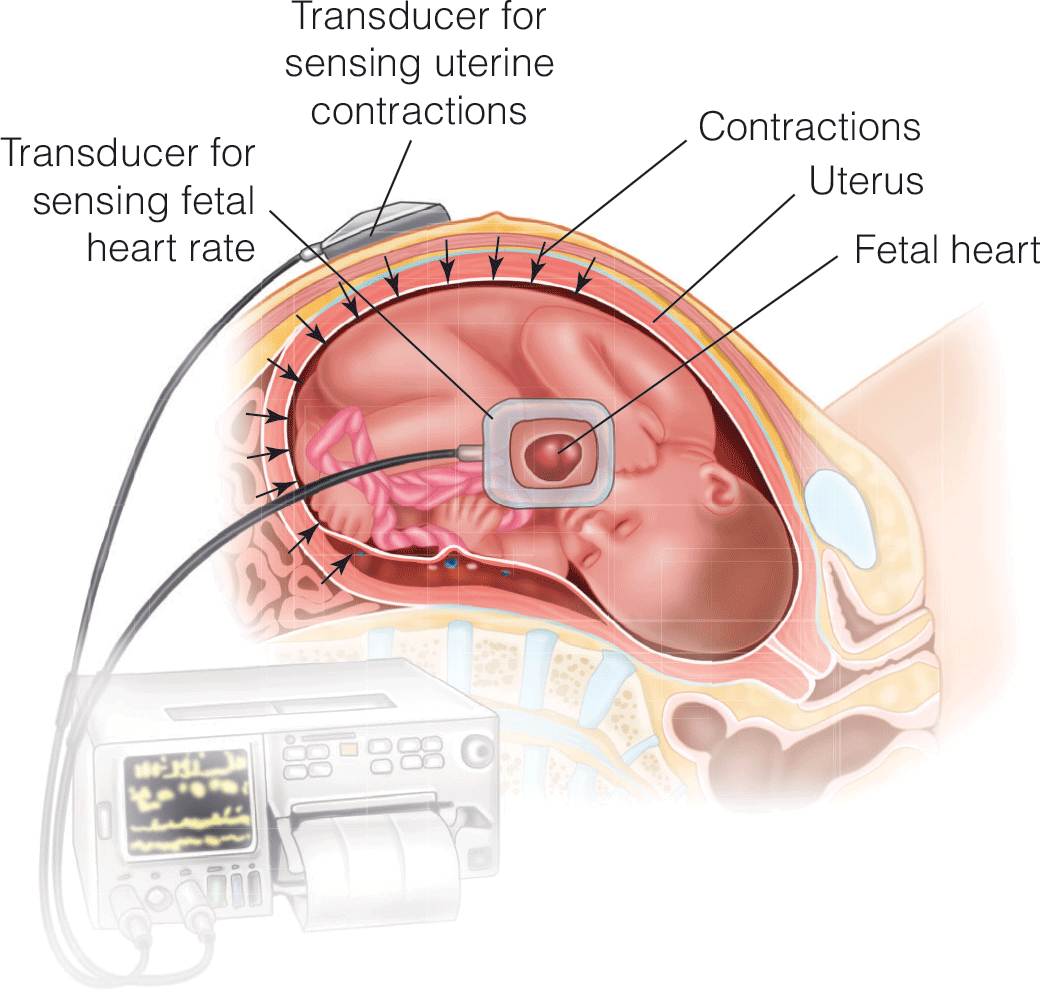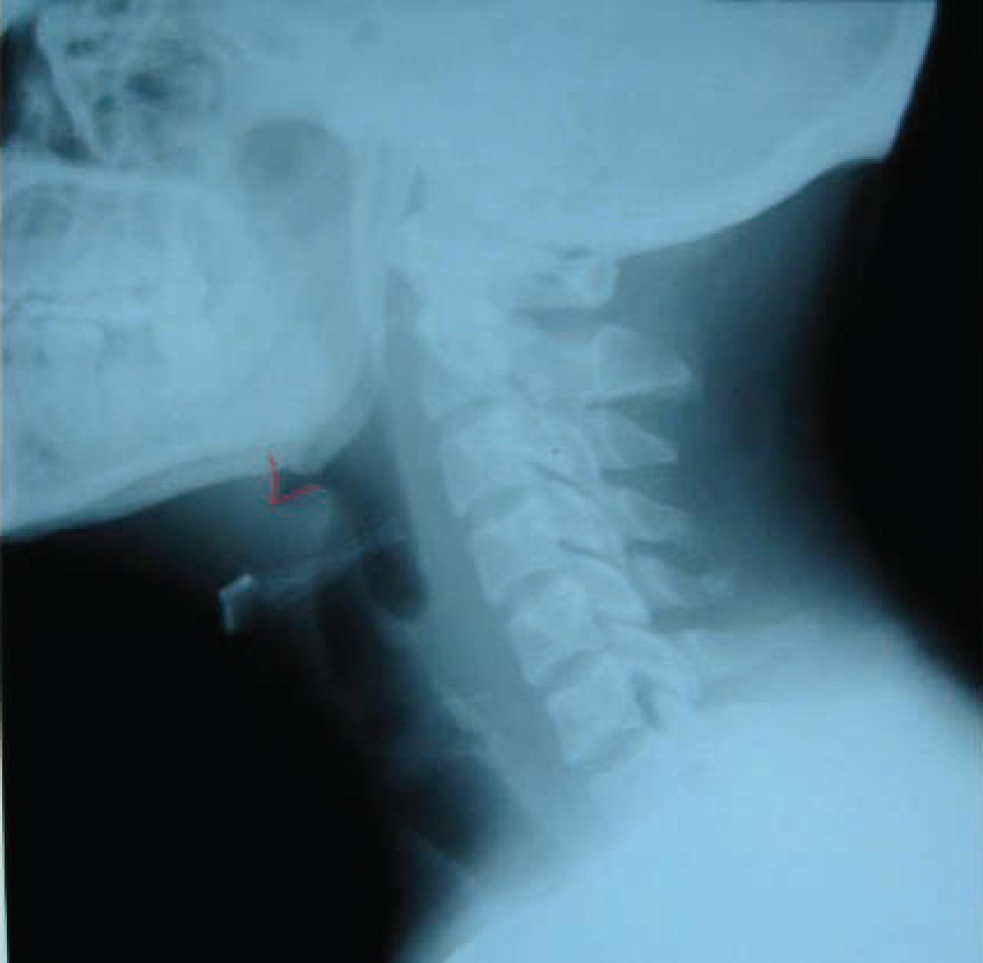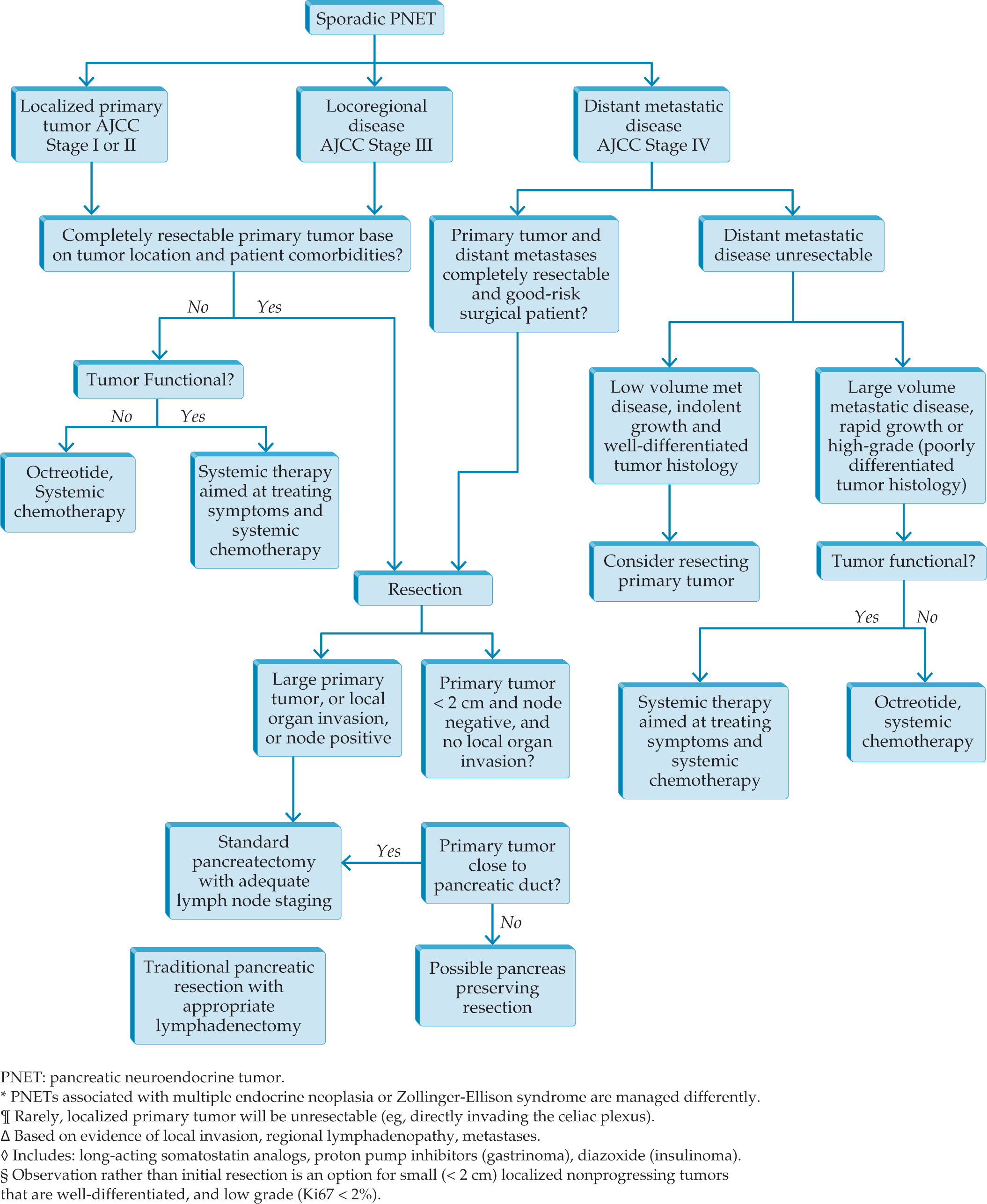Nonobstetric Surgery during Pregnancy: An Overview for Anesthesia Providers
- We provide a review of the physiologic changes during pregnancy and how they might affect non-obstetric surgery in parturients.
- We discuss pharmacology as is pertinent in parturients undergoing non-obstetric surgery.
- Specific considerations for parturients undergoing laparoscopy, trauma or non-obstetric gynecologic surgery are made.






.png)







